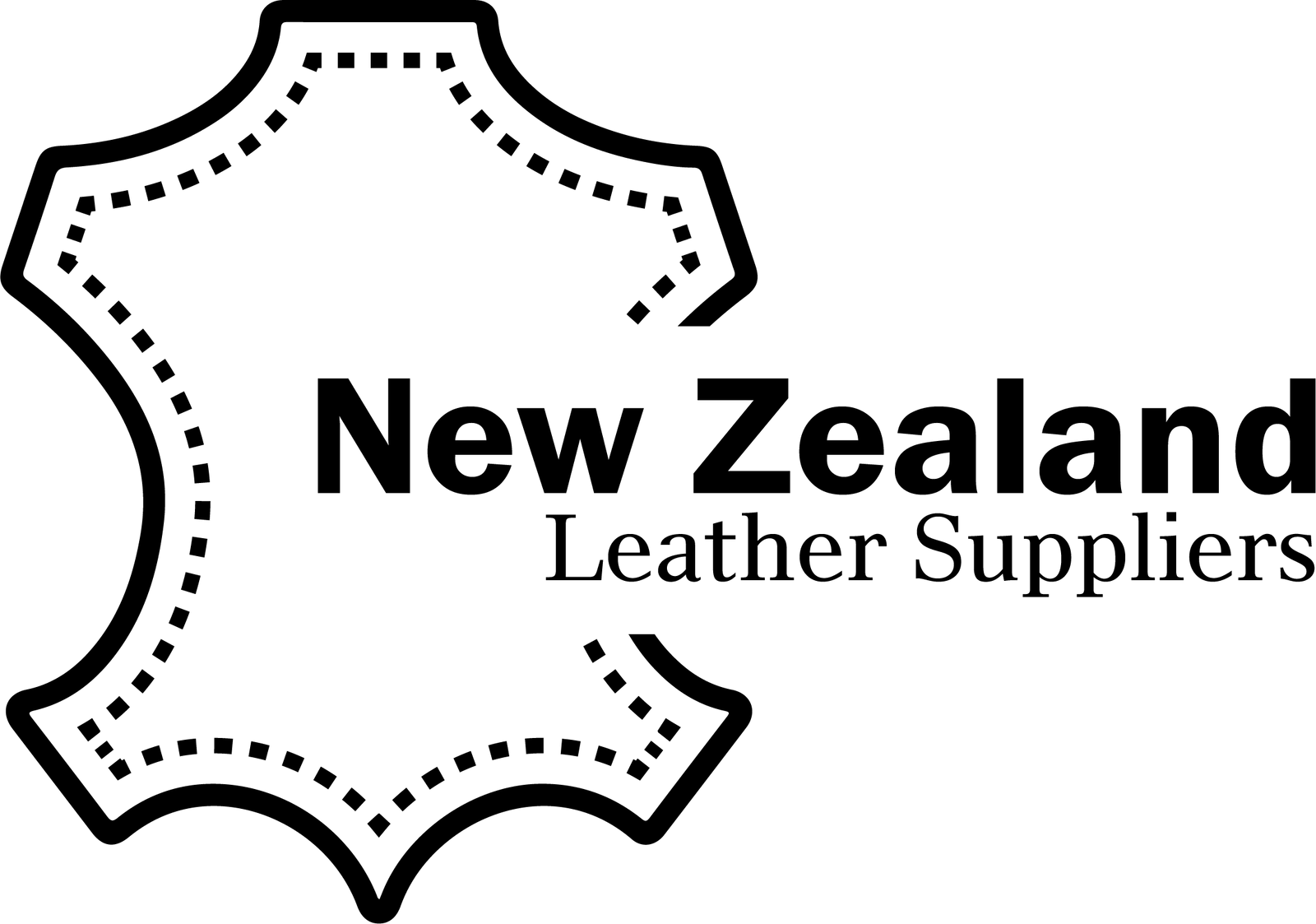Product Information
Minimum quantity
Our minimum quantity is 1 piece. The tannery calculates the total area of each piece in square feet or square meters and stamps it on the flesh side. As the size of each hide will vary, the pricing is a rate per square foot multiplied by the number of square feet marked on the piece, so you only pay for what you receive, but you must purchase the whole piece.
Unfortunately, we are not able to cut the leather, we sell it per hide / piece as supplied and marked by the tannery.
Off Cuts
Unfortunately, as we do not manufacture leather goods here, we do not produce any off cuts.
Leather cuts
Our leathers come from the tanneries in a range of cuts. A leather hides / skins consists of a network of interconnected fibres which vary in density throughout the hide. The fibre structure is denser and narrower through the back area and the fibres become looser with larger spaces in-between toward the abdominal area to accommodate the animals breathing. The neck area also has a less stable structure.

Full hide – A full hide is an uncut whole hide. This includes the double butt, double shoulder, and belly area of the animal. These hides are ideal for upholstery projects requiring large areas.

Side – A side is half a cow hide cut in two down the centre back. This section includes the butt, shoulder, and belly area of the animal. This cut is ideal for projects requiring longer length straps.

Double shoulder – A double shoulder is the top section cut horizontally across the hide. This section includes both shoulders, the head, and some belly area of the animal. The shoulder area is a softer part of the hide.

Belly – The belly is the uneven edge of the hide; it is a stretchy soft leather of varying thickness suitable for beginners and small craft projects.

Double butt – A double butt is a square section including both sides of the butt with the belly area trimmed. The butt is the thickest and strongest part of the hide where the fibres are denser and narrower making it the most premium part of the hide. Double butts are ideal for belting and produce minimal waste.

Skins –Leather made from smaller animals are referred to as skins. These are the whole uncut skin of the animal.
Samples
Providing samples requires us to cut the product, so we prefer to first work with you to identify your specific requirements so that we may recommend the most suitable options for your purpose. We are happy to provide additional photographs, measurements, and details to assist you in selecting the leathers most suitable for your project.
Samples will be sent by courier and will incur a $6.00 shipping charge.
If you require a swatch stack, we request that the customer pay the freight ($9.00) and make a $300 bond, which is fully refundable upon return of the item to us by the agreed due date.
Disclaimer
As leather is a natural product some inconsistencies are to be expected. If you have specific needs, please advise when placing your order and we will endeavor to select pieces to fit your requirements.
Square foot yield calculator
- Measure the area of your pattern pieces length * width in cm
- Multiply the values of length * width to get total area in square cm (L*W) = total cm2
- Divide the total square cm by 929 to convert to square feet
(total cm2/929) = total sq.ft
- Multiply the total sq. ft by the number of units you want to produce to get your total requirement.
- Note: leather is a natural product some inconsistencies are to be expected as well as irregular shapes so it pays to plan for some additional area to make sure your pieces will fit.
Example:
|
Length cm |
Width cm |
(L*W) = Area cm2 |
(Area cm2*929) = Area sq. ft |
Quantity |
(Qty*Area sq.ft) = Total sq. ft req. |
|
90 |
40 |
3600 |
3.88 |
6 |
23.25 |
